Income tax season has arrived. While many salaried individuals wait for their Form 16, others are already exploring smarter, faster alternatives. If you’re one of those waiting for your employer to release this important tax document, there’s good news: you don’t have to wait. Filing your Income Tax Return (ITR) without Form 16 is not only possible—it’s practical with the right approach.
The Central Board of Direct Taxes (CBDT) has extended the deadline for filing ITRs from July 31 to September 15, 2025, giving you more time and flexibility. However, waiting for Form 16 could still delay your filing process unnecessarily. Let’s break down how you can file your return efficiently, even if your Form 16 hasn’t arrived yet.
What Is Form 16 and Why It’s Important
Form 16, issued by employers typically in June, summarizes:
-
Your salary details
-
Tax Deducted at Source (TDS)
-
Deductions under various sections like 80C, 80D
-
Total taxable income
Yet, this isn’t the only way to access your financial data. Multiple reliable sources can help reconstruct your income profile accurately.
Why Filing Early Still Matters
While the deadline was extended, don’t let that lull you into complacency. Filing early helps:
-
Avoid last-minute errors
-
Get faster refunds
-
Ensure more time for error correction
-
Minimize the risk of server crashes on the I-T portal
Additionally, for those planning loans or visa applications, having your ITR filed early makes documentation faster.
Can You File Without Form 16?
Absolutely.
Essential Documents to Replace Form 16
If Form 16 isn’t available, use these alternatives:
-
Salary Slips:
Monthly slips from April 2024 to March 2025 show your total earnings, including allowances and bonuses. -
Form 26AS:
Downloadable from the I-T portal, this government-verified form displays all tax credits, TDS, and advance taxes paid. -
Annual Information Statement (AIS):
A consolidated view of income from salaries, interest, dividends, and high-value transactions. Always compare with Form 26AS for consistency. -
Bank Statements:
These help track interest income, salary credits, and TDS from fixed deposits or other instruments. -
Investment Proofs:
Documents for LIC, PPF, ELSS, tuition fees, or home loan principal payments ensure deductions are claimed correctly. -
Loan Statements (Home/Education):
They support deductions under Sections 24(b) and 80E respectively. -
Rent Receipts & LTA Proofs:
These validate claims under HRA and LTA exemptions.
Step-by-Step Guide to File ITR Without Form 16
Step 1: Calculate Gross Income
Using your salary slips, sum up your monthly earnings. Include:
-
Basic pay
-
HRA
-
Special allowances
-
Bonuses
-
Any arrears received
Add other income such as interest from savings accounts, fixed deposits, or rental income.
Step 2: Deduct Exemptions and Deductions
Evaluate your eligibility for:
-
HRA (based on rent receipts and city category)
-
LTA (based on actual travel bills)
-
Section 80C (LIC, EPF, PPF, ELSS, tuition fees)
-
Section 80D (health insurance premium)
-
Section 24(b) (home loan interest)
Total all deductions to reduce your taxable income.
Step 3: Match TDS with Form 26AS
Compare the TDS from salary slips and bank TDS certificates with what’s shown in Form 26AS. If any discrepancy arises, consult the employer or bank for clarification.
Step 4: Cross-Check With AIS
The AIS offers a broader snapshot. Match high-value transactions, interest income, and salary entries. Discrepancies should be reconciled with the issuing institution before proceeding.
Step 5: Fill the Correct ITR Form
Depending on your income:
-
Use ITR-1 (Sahaj) if your income is under ₹50 lakh and from salary/pension/one house property.
-
Use ITR-2 or ITR-3 if you have capital gains or income from business/profession.
Upload necessary data manually or use pre-filled data from the portal.
Step 6: File and Verify
Once your ITR is filled:
-
Submit it on https://www.incometax.gov.in
-
E-verify via Aadhaar OTP, bank account, or net banking
Note: Returns not verified within 30 days will be considered invalid.
Common Mistakes to Avoid
-
Ignoring TDS mismatches
-
Overlooking income from interest or freelance work
-
Forgetting to declare capital gains or crypto trades
-
Filing wrong ITR form
